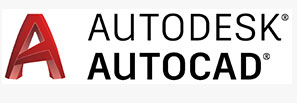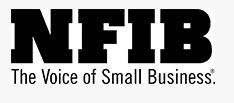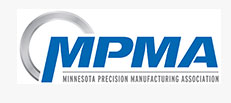These products are made using precision metal stamping machines that can be used to produce parts from materials such as slit coil, copper and brass. These products are made using power stamping machines that were specifically designed to make parts out of coiled metal, or other similar materials.
There are different types of stamping machines. The progressive die stamping machines allow operations to be performed on a metal piece until the final component is created. This machine type combines a feeding system with other processes such as punching, coining and bending to modify metal raw material.
Another type of stamping machine is four-slide/multi-slide stamping machine, which makes possible the production of shapes and bends of varying complexities. This type of stamping machine is used to mass produce stamped components from wire or slit coil stock.
Progressive Die Stamping
When processing metal strips, progressive die stamping machines move vertically. The slit coil of metal is fed into a series stamping stations that perform a specific operation. The strip is fed into the first stamping station where the die performs the desired cut, bend or punch. The piece then moves on to the next station where the stamping function will be performed. The process is repeated until the product is completed. It can take a single or multiple steps depending on the complexity of the design.
The metal strip is attached to each part throughout the entire process. A pilot is needed to keep the metal in position as it moves.
The progressive die stamping method has many advantages over other methods of stamping, such as multi-slide or four-slide machines.
• Setup time is reduced by 38%: Progressive Die Stamping requires 38% less setup time than Multi-Slide Stamping. It allows for smaller lots and more flexible scheduling to meet the needs of clients. This reduces labor costs in the manufacturing of parts.
• Repetition: The machines have excellent repeatability and tight tolerances. The machines can produce large quantities of parts while maintaining quality.
• High accuracy :Each station performs a separate operation. This makes progressive die stamping highly efficient. It can also be used to produce parts in large quantities with high accuracy.
• Generic Tools: Due to the simplicity of the forming processes, which only use vertical pressure, tooling can be moved from one supplier or manufacturer to another with no major retrofit. If a press of the same bed size and tonnage is available, a tool designed to work on this press will also be able run in another press.
Stamping with Four Slides/Multi-Slide
The process of four-slide and multi-slide stampeding uses a set of dies to produce stamped parts out of coils of wire, or coils that have been slit. The dies can be mounted on opposing slides that move horizontally and in four directions.
A coil of metal is fed into the machine. The machine uses a series mechanically-actuated cams in order to stamp and shape the metal into desired shapes. After the metal has been stamped and formed, it is ejected out of the press to move on to the next stage.
Four-slide / Multi-slide stamping offers many advantages over traditional progressive die stamping, including:
• Creates complex parts Four-slide stamping can produce complex bends or multi-part bends up to 90 degrees. With a single action, multiple folds, bends or cuts can be made.
• Precision & Repeatability: Keats experts have spent years refining their four slide stamping technique to meet the highest standard of quality and maintain very tight tolerances.
• Burr side selection: Because forming pressure is applied in any direction, it’s possible to choose whether the cutting burr ends up at the top or bottom of the strip.
• Less wastage: On average, four-slide/multi-slide machines produce 31% less scrap, leading to significant cost savings. This is because pilot holes are not required. The process uses slotted blank holders to allow parts to be moved from one stage to another without the need for pilot holes. It’s also easy to get raw materials with specific dimensions.
• Quick adjustments: Since all forming operations are controlled by camshafts, it is possible to make micro and complex adjustments to the tooling while it remains on the machine. It means less downtime and less time spent in the toolroom.
• Flexibility By changing dies, different parts can be manufactured on the same machine.
• Faster, cheaper: Four-slide stamping is usually faster than traditional progressive stamping and can produce up to 375 pieces per minute. It is therefore a good option for large-scale production runs.
Learn more
Multi-slide and progressive die stamping have different advantages. Metric Tool and Stamping can provide you with the stamping solution that best suits your needs.





